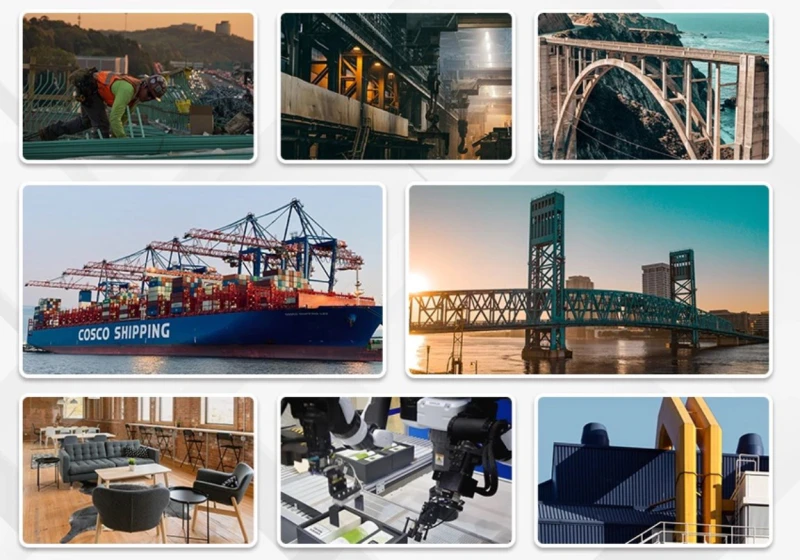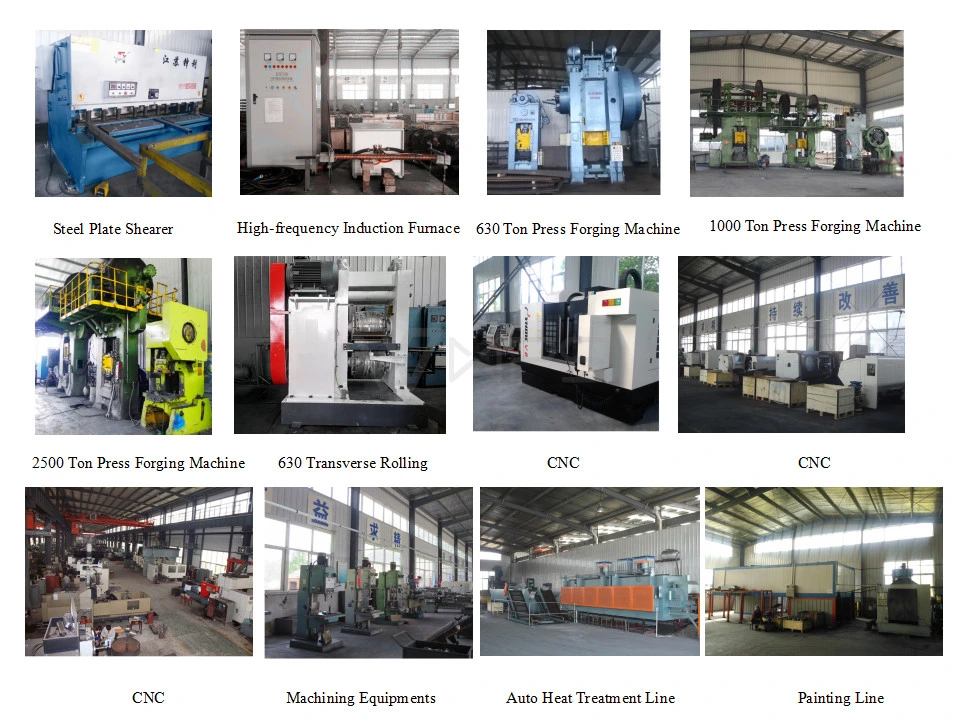Axle Spindle Lean Manufacturing: Increasing Efficiency and Reducing Waste
Introduction
Lean manufacturing has become a popular approach to production processes worldwide, with its emphasis on efficiency and waste reduction. One area where this approach has been applied is in the manufacturing of axle spindles. Axle spindles play a critical role in the suspension of a vehicle and are responsible for transmitting power to the wheels. The production of axle spindles has traditionally been a labor-intensive process, and manufacturers have been looking for ways to improve efficiency and reduce waste. In this article, we will explore how lean manufacturing principles can be applied to the production of axle spindles to improve efficiency, reduce waste, and enhance quality.
Overview of Lean Manufacturing Principles
Before delving into the application of lean manufacturing principles to the production of axle spindles, let’s briefly review what lean manufacturing is. Lean manufacturing is an approach to production processes that emphasizes the identification and elimination of waste. The primary goal of lean manufacturing is to increase efficiency and reduce costs by eliminating non-value-added activities and improving overall process flow. This approach is based on the Toyota Production System, which was developed by Toyota in the 1950s.
There are five key principles of lean manufacturing, which are as follows:
1. Value
The first principle of lean manufacturing is to define value from the customer’s perspective. This means understanding what the customer needs and wants and then focusing on providing those things while eliminating everything else.
2. Value Stream
The second principle of lean manufacturing is to identify and map the value stream. This means understanding the entire process from raw material to finished product and identifying all the steps in between.
3. Flow
The third principle of lean manufacturing is to create flow. This means designing the process so that materials and information flow seamlessly from one step to the next, without interruption or delay.
4. Pull
The fourth principle of lean manufacturing is to establish a pull system. This means producing only what the customer needs when they need it.
5. Continuous Improvement
The fifth principle of lean manufacturing is to strive for continuous improvement. This means constantly looking for ways to improve the process, eliminate waste, and increase efficiency.
Application of Lean Manufacturing Principles to Axle Spindle Production
Now that we have reviewed the principles of lean manufacturing let’s see how they can be applied to the production of axle spindles.
1. Value
The first step in applying lean manufacturing principles to axle spindle production is to define the value from the customer’s perspective. This means understanding what the customer wants and needs from an axle spindle. For example, the customer may require a spindle that is durable, reliable, and lightweight. By understanding the customer’s needs and wants, manufacturers can design the spindle to meet those requirements while eliminating everything else that does not add value.
2. Value Stream
The second step is to identify and map the value stream. This means understanding the entire process from raw material to finished product and identifying all the steps in between. In the case of axle spindle production, the value stream may include the following steps:
– Raw material selection
– Turning and machining
– Heat treatment
– Surface treatment
– Quality control
– Assembly
By identifying and mapping the value stream, manufacturers can identify areas where waste may be occurring and eliminate those areas.
3. Flow
The third step is to create flow. This means designing the process so that materials and information flow seamlessly from one step to the next, without interruption or delay. In the case of axle spindle production, this may involve rearranging the factory layout to minimize the distance between workstations, using a just-in-time inventory system to reduce excess inventory and improve flow, and ensuring that all necessary tools and equipment are readily available at each workstation.
4. Pull
The fourth step is to establish a pull system. This means producing only what the customer needs when they need it. In the case of axle spindle production, this may involve using a kanban system to signal when more spindles are needed and adjusting production accordingly.
5. Continuous Improvement
The fifth step is to strive for continuous improvement. This means constantly looking for ways to improve the process, eliminate waste, and increase efficiency. In the case of axle spindle production, this may involve implementing a Kaizen program to encourage employees to identify and eliminate waste, using statistical process control to monitor the production process and identify areas for improvement, and conducting regular training to ensure that all employees are knowledgeable and skilled in their roles.
How to Choose the Right Axle Spindle
Choosing the right axle spindle is crucial for vehicle performance and safety. Here are some factors to consider when choosing an axle spindle:
1. Load Capacity
The load capacity of an axle spindle is an important consideration when choosing the right spindle. The load capacity will depend on the weight of the vehicle and the intended use. It is important to choose a spindle with the appropriate load capacity to ensure safe and reliable operation.
2. Material
The material used to manufacture the spindle is also an important consideration. The material should be strong, durable, and lightweight. Common materials used to manufacture axle spindles include steel, aluminum, and titanium.
3. Compatibility
The spindle must be compatible with the vehicle’s suspension system. Compatibility includes the dimensions of the spindle and the hub, as well as the type of suspension system used.
4. Cost
The cost of the spindle is also an important consideration. While it is important to choose a high-quality spindle, it is also important to choose one that is cost-effective and fits within the budget.
5. Manufacturer Reputation
Finally, the reputation of the manufacturer is also an important consideration. It is important to choose a reputable manufacturer with a history of producing high-quality spindles that are reliable and durable.

How to Install an Axle Spindle
Installing an axle spindle requires some technical knowledge and expertise. Here are the basic steps involved in installing an axle spindle:
1. Remove the Old Spindle
The first step is to remove the old spindle from the vehicle. This involves removing the wheel, brake assembly, and hub from the spindle.
2. Install the New Spindle
The new spindle is installed by sliding it through the hub and bolting it in place. The brake assembly and wheel are then reinstalled.
3. Torque the Fasteners
All fasteners must be torqued to the manufacturer’s specifications to ensure proper installation.
4. Check Alignment
Finally, the alignment must be checked to ensure that the spindle is properly installed and the wheels are aligned.
Why Choose Axle Spindle for Your Application?
There are several reasons why axle spindle is an excellent choice for your application:
1. High-Quality Materials
Axle spindle is manufactured using high-quality materials such as steel, aluminum, and titanium, ensuring strength, durability, and reliability.
2. Customizable
Axle spindle can be customized to meet the specific needs of your application, ensuring the best possible performance and reliability.
3. Precision Manufacturing
Axle spindle is manufactured using advanced manufacturing techniques, ensuring precision and consistency in every spindle produced.
4. Competitive Pricing
Axle spindle is competitively priced, making it an affordable option for a wide range of applications.
5. Expertise and Experience
Our company has over 15 years of experience in designing, manufacturing, and selling axle spindles. We have a team of experts who are dedicated to providing the highest quality products and services to our customers.

Conclusion
In conclusion, the application of lean manufacturing principles to the production of axle spindles can improve efficiency, reduce waste, and enhance quality. When choosing an axle spindle, it is important to consider factors such as load capacity, material, compatibility, cost, and manufacturer reputation. Axle spindle is an excellent choice for a wide range of applications due to its high-quality materials, customization options, precision manufacturing, competitive pricing, and expertise and experience of our company. By choosing axle spindle, you can ensure the best possible performance and reliability for your application.
Edited by Czh.